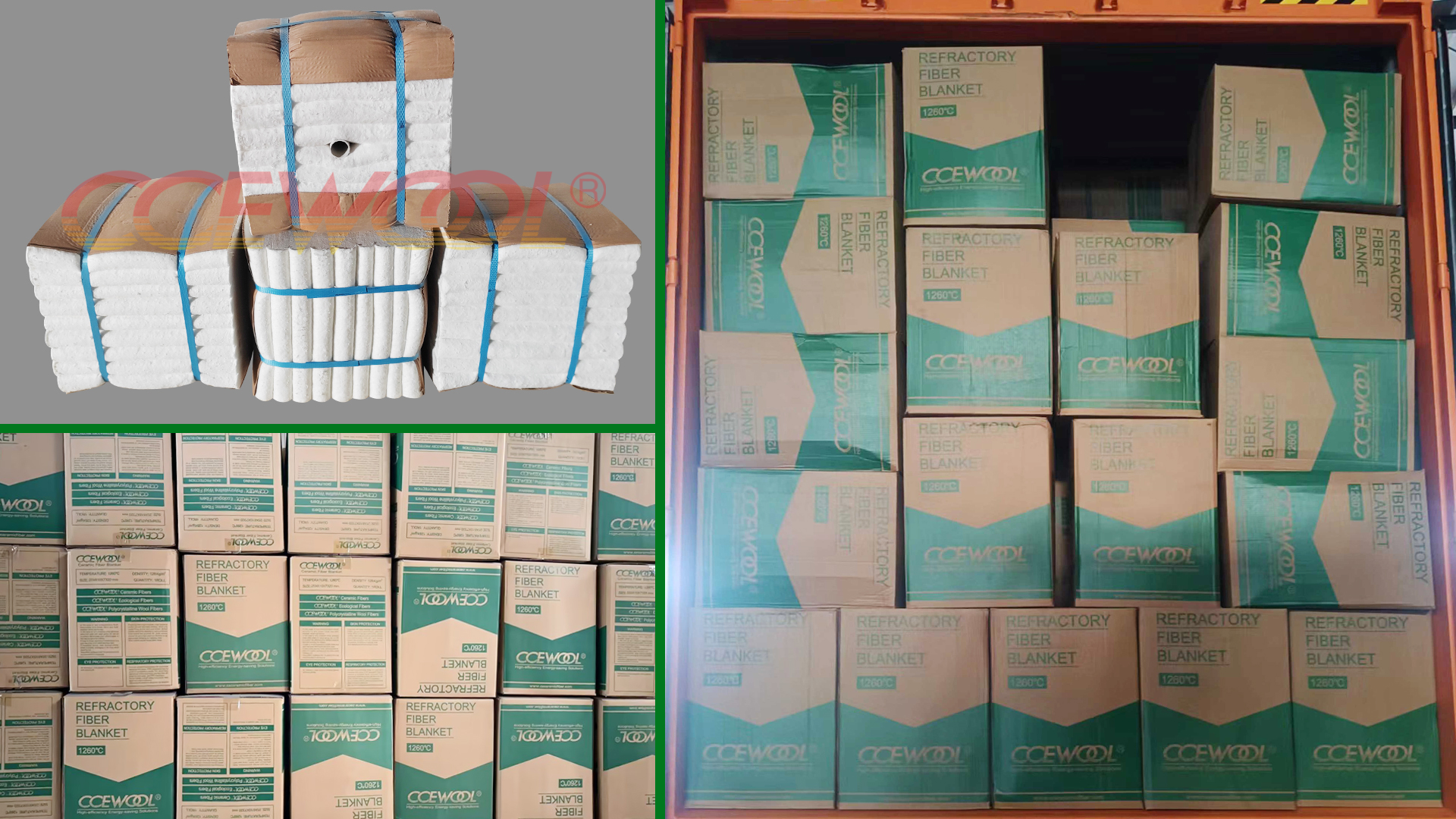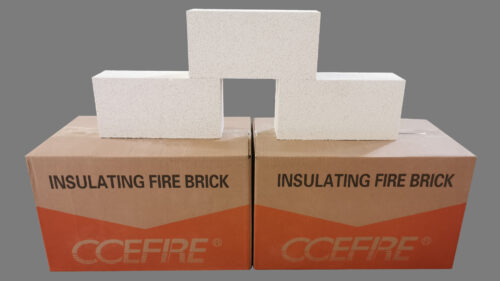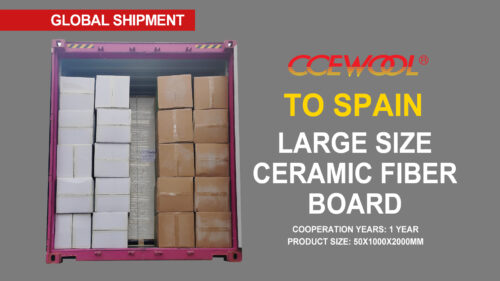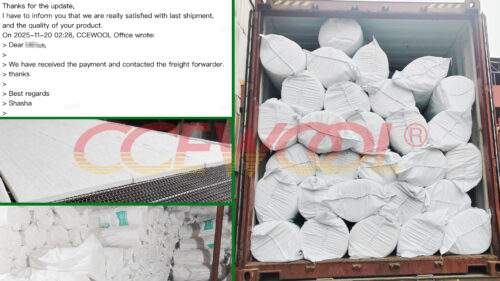Edge Grain Fiber Module – CCEWOOL®
- 21 Apr, 2025
- Insight

In high-temperature industrial furnace lining systems, the structural compactness and arrangement of insulation modules play a critical role in determining thermal efficiency and service life. The CCEWOOL® Edge grain fiber module is specially engineered with a unique fiber alignment and compression molding process, delivering a more compact structure and lower heat loss — making it a preferred choice across various high-temperature industries.
What Is an Edge Grain Fiber Module?
An Edge grain fiber module is designed with fibers oriented along the edge grain direction (i.e., vertically aligned across the edge), different from conventional modules. This alignment offers greater thermal resistance and better energy efficiency. Each module is pre-compressed before delivery and rebounds upon installation to fill gaps tightly, forming a seamless, highly insulating furnace lining.
Key Advantages of CCEWOOL® Edge grain fiber module
Lower Thermal Conductivity
The vertical fiber alignment resists heat flow more effectively, reducing thermal conductivity and enhancing insulation performance.
Higher Structural Density
The compression molding results in tightly packed fibers, reducing convective heat loss and improving overall thermal stability.
Superior Thermal Shock Resistance
Vertical fiber orientation offers excellent stress dispersion, making the module resistant to frequent thermal cycling without cracking or deformation.
Extended Furnace Lifespan
With enhanced compactness and uniform stress distribution, the module reduces wall erosion, cuts down maintenance needs, and prolongs furnace operation.
Italy Customer
Cooperation Years: 4 years
Ordered Products: CCEWOOL® Edge grain fiber module & ceramic fiber blanket
Product Size: 250×300×300mm
Our long-term client from Italy has consistently chosen CCEWOOL® products over the past four years. This order of CCEWOOL® Edge grain fiber module & ceramic fiber blanket was used for their glass furnace lining system. The customer praised the compact structure and excellent insulation performance, especially noting the seamless fit achieved after module rebound, which greatly reduced energy consumption and maintenance costs while improving furnace efficiency.



